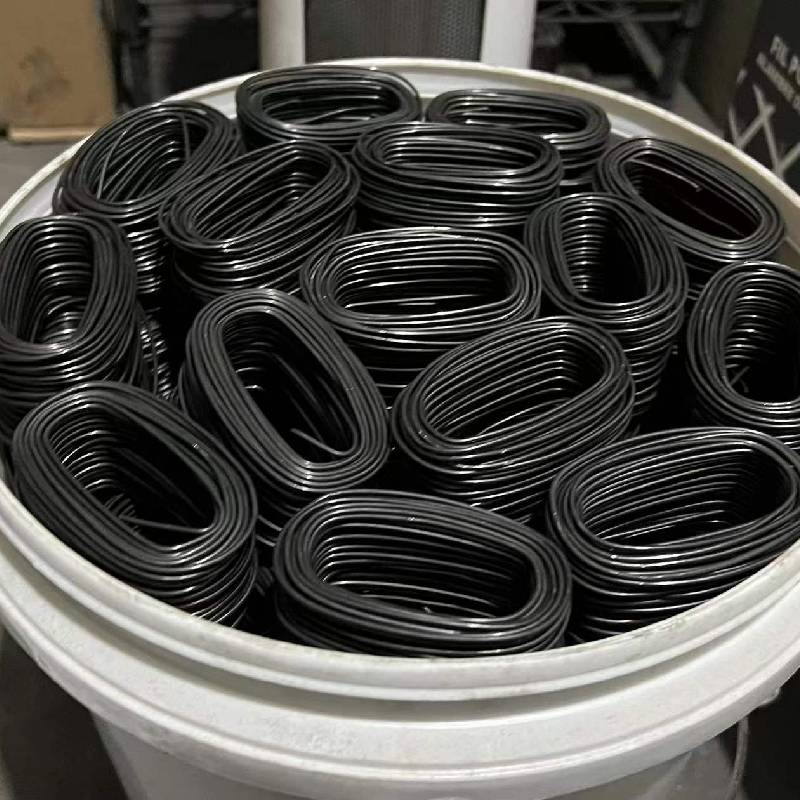
- Mobile Phone
- +8613931874955
- sales@cntcmetal.com
Exploring the Benefits and Applications of Utility Springs in Engineering and Manufacturing
Understanding Utility Springs Their Importance and Applications
Utility springs are essential components in various mechanical systems, playing a critical role in providing support, flexibility, and resilience. These springs have a myriad of applications ranging from simple household items to complex industrial machinery. This article aims to explore the various types, functions, and applications of utility springs, offering insights into their significance in modern engineering.
What are Utility Springs?
Utility springs are a type of mechanical spring that are designed to store and release energy. They are typically made from high-carbon steel, stainless steel, or other materials known for their durability and resilience. Springs come in various shapes and sizes, and can be classified into different categories, including compression springs, extension springs, torsion springs, and more.
- Compression Springs These springs are designed to withstand compressive forces. When a load is applied, the spring compresses, storing potential energy that is released when the load is removed. These springs are commonly found in applications like mattresses, vehicle suspensions, and industrial machinery. - Extension Springs Unlike compression springs, extension springs are designed to absorb tension. They stretch when a force is applied, and return to their original shape when the load is removed. These springs are widely used in applications such as trampolines, screen doors, and automotive mechanisms.
- Torsion Springs Torsion springs work by twisting along their axis. They store energy when a torque is applied and release it once the force is removed. Common uses for torsion springs include clothespins, clips, and various mechanical devices.
Importance of Utility Springs
Utility springs are critical in ensuring the smooth operation of mechanical systems. They provide necessary tension and compression, enabling various objects to function correctly. Springs can absorb shocks, reduce vibrations, and maintain the alignment of parts in machinery. For example, in the automotive industry, utility springs play a vital role in suspension systems, allowing vehicles to handle rough terrains while providing comfort to passengers.
Moreover, springs contribute to safety in many applications. For instance, in door hinges equipped with extension springs, the spring ensures that doors close securely, reducing the risk of accidents. Similarly, in industrial machines, utility springs can prevent sudden movements that may cause damage or injury.
utility springs

Applications of Utility Springs
The versatility of utility springs leads to their widespread use across multiple industries. Some of the significant applications include
1. Automotive Industry Springs are used in suspensions, engine mounts, and various components that require energy storage and release. 2. Consumer Products Everyday items such as pens, toys, and appliances utilize utility springs to ensure functionality and reliability.
3. Aerospace Springs are integral to the operation of numerous systems in aircraft, from control surfaces to landing gear mechanisms, ensuring both efficiency and safety.
4. Manufacturing Springs are employed in machinery for assembly lines, packaging equipment, and conveyor systems.
5. Medical Devices Various medical instruments and devices use utility springs to provide necessary force and ensure accuracy.
Conclusion
Utility springs are fundamental components that contribute significantly to the functionality and efficiency of mechanical systems across various industries. Their ability to store and release energy makes them indispensable in applications ranging from automotive to aerospace. As engineering technology advances, the design and application of utility springs are likely to evolve, further enhancing their effectiveness and expanding their roles in modern machinery. Understanding the importance of utility springs paves the way for innovations that improve both safety and performance across numerous sectors.
share:
-
Yard Sign Stakes: Reliable Guardians of Outdoor SignsNewsAug.04,2025
-
Wall Ties: Invisible Guardians of Building StabilityNewsAug.04,2025
-
Resilient Web: The Super Guardian Power of Concrete MeshNewsAug.04,2025
-
Masonry Accessories: A versatile assistant on building foundationsNewsAug.04,2025
-
Iron Binding Wire: the 'invisible reinforcement specialist' in the fields of architecture and industryNewsAug.04,2025
-
Dynamic Spring: The diverse functions and excellent performance of Wire Tension SpringNewsAug.04,2025
-
Your Source for Concrete Wall Ties and Masonry AccessoriesNewsJul.10,2025



















